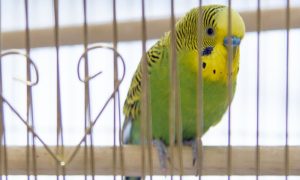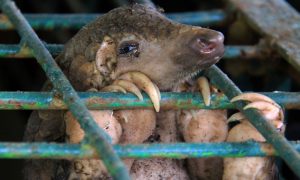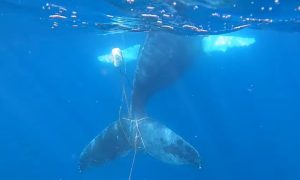In its commitment to zero waste by 2030, Danish toymaker LEGO is launching plant-based bricks to be released this year. Opting for sugarcane polyethylene rather than oil-based plastic, LEGO will release new ‘botanical’ elements including trees, bushes, and plants as a symbol of going green.
The sugarcane from which the bricks are constructed will be sustainably and ethically sourced according to the Bioplastic Feedstock Alliance (BFA) and Bonsucro Chain of Custody (CoC) guidelines.
Sustainability for LEGOis no small feat:
“The LEGO Group believes a new sustainable material must have an ever-lighter footprint than the material it replaces across key environmental and social impact areas such as fossil resource use, human rights and climate change.”
These new green toys comprise only about 2% of LEGO’s bricks, so the company still has a long way to go to achieve its 2030 goal. The rest of the bricks consist of acrylonitrile-butadiene-styrene, ABS, which is derived from petroleum — as is LEGO’s packaging.
Although they have made progress in reinventing LEGO bricks with eco-friendly material, the company has yet to find something to replace ABS. ABS is the only material they’ve found to maintain the consistency of the much-loved, sturdy, building bricks in vibrant colors, that click together perfectly, lasting for years and years. The new botanical bricks will be on the softer side and won’t be the strongest in a LEGO set — but they will help reduce toxic plastic waste.
Tim Brooks, LEGO Vice President, in an interview with Wired said, “A lot of it is how we make the bricks, how we optimize the machines. Different materials perform in different ways. Some materials are hydroscopic and some are hydrophobic…Some can be blown through tubes, some have to be screw-fed. There are a lot of different considerations.”
He added that LEGO had 50 years to perfect is use of ABS. Scientists are consistently working on renewable materials. Some sort of combination of material and LEGO’s building process is bound to match.
LEGO has also partnered with World Wildlife Fund (WWF) to reduce its CO2 emissions, and even reached its renewable energy target 3 years earlier than planned. With continued dedication to environmental stewardship, we hope LEGO is able to find a sustainable solution for all of its bricks soon.






